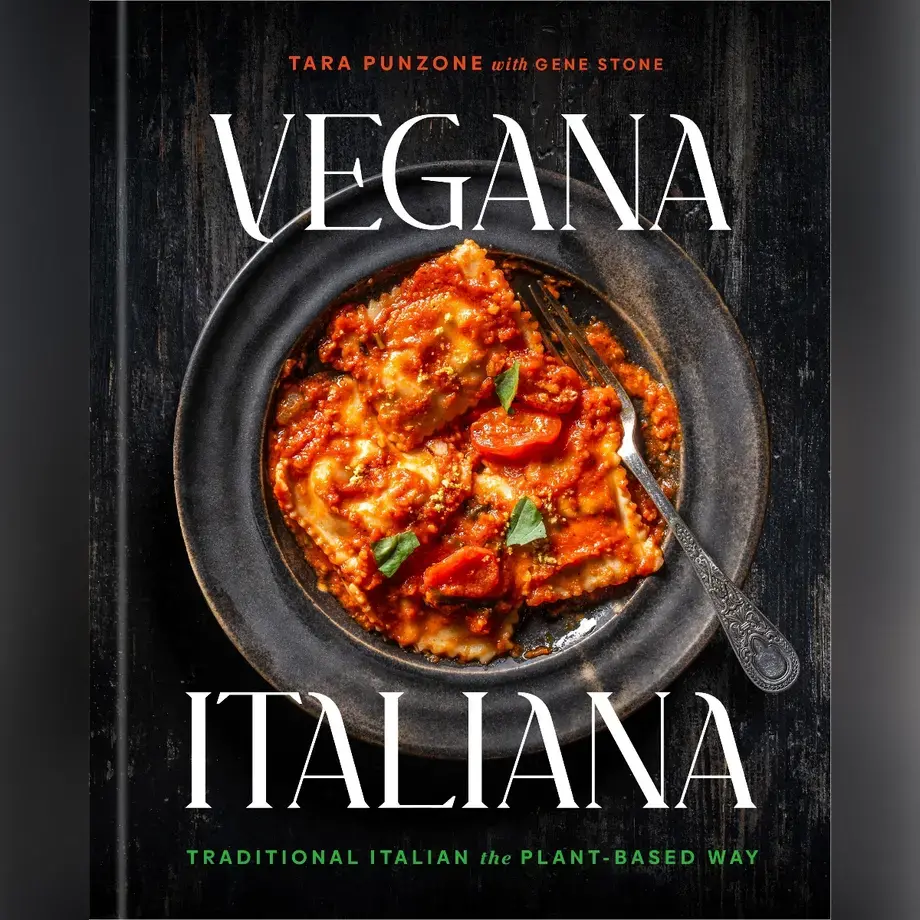Have you ever considered cooking with banana blossom? The enormous purplish-blue flower which comes from the banana plant and is deliciously edible in salads, soups and stews.
What is banana blossom?
In many banana producing countries, particularly those of South East Asia, the curiosity of newcomers is often aroused by recipes featuring what may at first sight look like a huge artichoke, cooked in the same way as a vegetable. This ingredient is widely used in Indian and Southeast Asian cuisine, and its texture is often compared to that of fish meat. The blossom looks something like an un-shucked ear of corn with purple husks instead of green ones. Also known as 'banana heart', the inflorescence produced by this tropical plant will develop, if female, into a cluster of bananas. Banana blossom is often compared to artichokes: not only is the taste similar (with a slight hint of bitterness), but also the way in which it is prepared.
What does banana blossom taste like?
Banana blossom does have a hint of banana about it, but the flavour profile is much gentler and more aromatic. Some people liken its flavour to artichoke leaves or palm hearts. Think of the relationship between courgette flowers and courgette blossoms and you’ll be almost there.
Banana blossom nutrition
Banana blossoms contain plenty of antioxidants and minerals such as potassium, calcium, magnesium, iron, zinc and copper. They are also low in calories and fat while being high in fibre – a top combination when it comes to taking care of your body.
Banana blossom as vegan fish
Banana blossom is used in some vegan recipes as a substitute for fish due to its soft, flaky texture. Slice, batter and deep fry them before serving with tartare sauce for a delicious alternative to fish – now all you need are the chips.
Preparing banana blossom:
The external 'petals', which are tougher and darker, have to be removed – but the fleshier ones can be stripped of their pulp. Then, one by one, the crisp leaves are peeled off to reveal the light- coloured tender heart, the most prized part of the blossom.
Cut into fine strips, the heart can be eaten raw in salads with a hot spicy sauce, as in the Thai dish nam prik or the Indonesian sambal – also excellent when teamed up with prawns and macadamia nuts. Like those of the artichoke, the petal-like leaves of the banana flower will quickly oxidise on coming into contact with the air once cut: because of their iron content, they will turn brown so it is advisable to dunk them in acidulated water.
Have a look at how it's done here:










